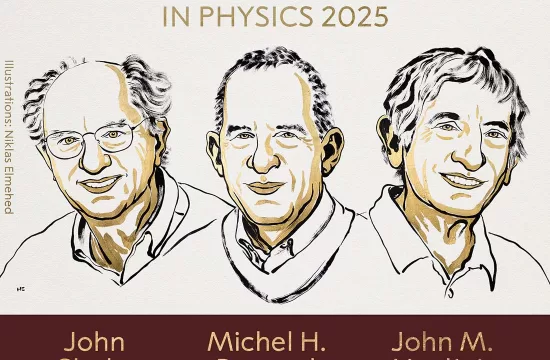
University researcher Kai Lehikoinen explores the transformative power of socially engaged art in his new book, urging institutions to embrace discomfort, diversity, and cross-sector collaboration.
In an era marked by global crises—from poverty and climate change to political polarisation and humanitarian emergencies—arts are increasingly recognized as vital to building a sustainable and inclusive future.
University researcher Kai Lehikoinen argues that socially engaged art practices can play a pivotal role in strengthening democracy and fostering social cohesion.
“Socially engaged arts invite us to confront discomfort, embrace complexity, and commit to the pressing challenges of our time together,” Lehikoinen writes.
Art as a Tool for Societal Transformation
Lehikoinen, based at the University of the Arts Helsinki, emphasizes that artists, educators, researchers, and institutions must actively participate in addressing today’s complex challenges. He advocates for trans-professional collaboration, where artistic thinking becomes a bridge across disciplines and sectors.
“It is precisely through such encounters that new perspectives and solutions emerge—both locally and globally,” he notes.
He positions socially engaged arts as part of the university’s third mission: contributing to society. Lehikoinen calls on higher arts education institutions to partner with stakeholders in social services, education, environmental work, and the economy—highlighting art’s ability to surface hidden perspectives and spark innovative solutions.
Diversity, Dialogue, and Resistance
In contrast to a society often driven by competition and metrics, socially engaged arts offer alternative frameworks rooted in meaning and cooperation. Lehikoinen argues that these practices help institutions resist the dehumanizing effects of neoliberalism while promoting transformation that benefits both people and the planet.
Human diversity, he says, should be seen as a strength—not a barrier. Socially engaged arts embrace cultural and individual differences, fostering deeper dialogue and understanding. This inclusive approach can enhance social cohesion, empower identities, and contribute to planetary well-being.
Emotions, Power, and the Role of Civil Society
Lehikoinen also addresses the emotional intensity tied to social activism, cautioning that unchecked negative emotions can lead to polarisation and censorship. Drawing on education scholar Gert Biesta, he calls for spaces where discomfort is welcomed and differing views can challenge each other constructively.
He warns of growing inequality, where a small elite wields disproportionate power. In response, he urges civil society to engage in collective reflection and action. Participatory art practices, he argues, can amplify marginalized voices and support democratic resilience.
“The potential of socially engaged arts is immense, but realising it requires long-term commitment, collaboration, and a shared vision from art universities and funding bodies. The time to act is now,” Lehikoinen concludes.







